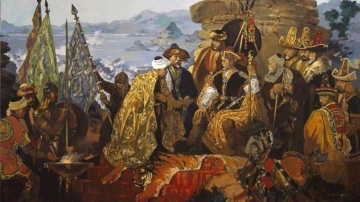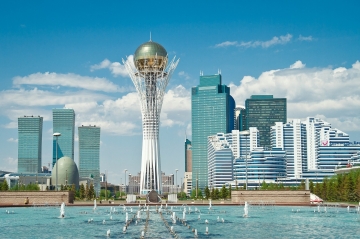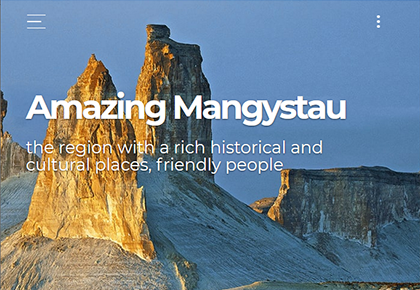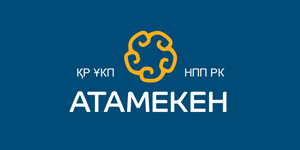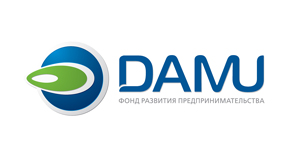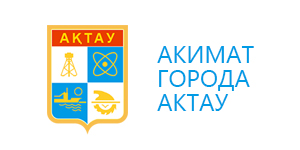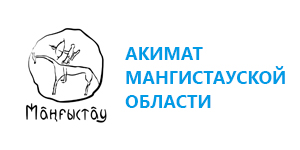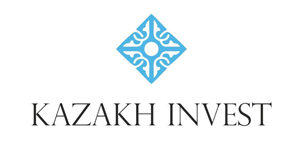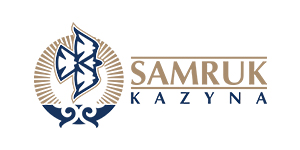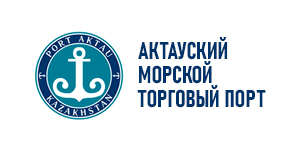The territory of Kazakhstan began to be mastered by man a million years ago.
On the territory of Kazakhstan, in the Tamgaly tract (Almaty region), one of the oldest human sites was found, which was included in the UNESCO World Cultural Heritage list.
In the era of the Bronze Age, four millennia ago, tribes who were engaged in agriculture and cattle breeding lived on the territory of Kazakhstan, were excellent warriors who mastered the war chariot. Back in those days, copper deposits began to be developed, which are still used today - these are the Zhezkazgan and Sayak copper quarries.
In the VI -III centuries BC in Zhetysu, on the territory of present-day South-Eastern Kazakhstan, the first state of the "Saks" appeared (the Greeks called them "Scythians").
The Saka kings simultaneously played the role of high priests. The Saks had their own writing, mythology and outstanding world-class art, which received the name "animal style art" in the scientific literature. Masterpieces made in those days of gold and bronze still adorn the expositions of museums around the world. The most famous of them is the "Golden Man".
In the second half of the VI century, the term "Turk" was recorded in written sources. On the territory of Kazakhstan from the VI century to the beginning of the XIII century, there were, successively replacing each other, Western Turkic, Turgesh, Karluk kaganates, states of Oguz, Karakhanids, Kimeks, Kipchaks.
The Great Silk Road, a system of caravan roads leading from China to the countries of the Middle East and Europe, passed through the territory of Kazakhstan. Along the Great Silk Road, not only trade items were distributed, but also cultural traditions of the East and West, religious beliefs, various types of arts: painting, architecture and music.
In the middle of the XV century - the Kazakh Khanate was formed. The expansion of possessions, the strengthening of statehood, an active foreign policy under the first khans, then gave way to an intensification of internecine struggle. Since the beginning of the XYIII century, the raids of the Dzungars on the Kazakh lands have become more frequent. In a difficult economic and political situation, the question of joining Russia arose, which lasted for about 150 years.
After the revolution of 1917, Soviet power was established in Kazakhstan.
History of modern Kazakhstan:
1991 year
- The Kazakh SSR was transformed into the Republic of Kazakhstan, the state independence of the republic was proclaimed.
- The Semipalatinsk nuclear test site has been closed.
1992 year
- Kazakhstan joins the UN, OSCE and OIC.
- Kazakhstan joined the Treaty on the Non-Proliferation of Nuclear Weapons as a nuclear-weapon-free State.
1993 year
- The first Constitution of the Republic of Kazakhstan was adopted.
- The national currency, tenge, has been introduced.
1997 year
- The Strategy "Kazakhstan – 2030. Prosperity, security and improvement of the well-being of all Kazakhstanis".
2000 year
- The National Fund of the Republic of Kazakhstan has been established.
2006 year
- The state holding "Samruk" was created in order to improve the efficiency of asset management of the largest state corporations.
- The Kazyna Sustainable Development Fund has been established to increase investment and innovation in the non-resource sector of the economy of Kazakhstan.
2007 year
- It was decided to direct the revenues of the raw materials sector (including from the sale of oil) to the National Fund, respectively, the state budget is formed without "oil money".
2008 year
- A plan has been adopted to stabilize the country's economy and financial system.
- The main operator of the stabilization plan implementation is the newly created Samruk-Kazyna Fund
2010 year
- The State Program on Accelerated Industrial and Innovative Development for 2010-2014 has been adopted.
- A Customs Union has been established with Russia and Belarus.
- Kazakhstan's chairmanship in the OSCE.
2011 year
- Within the framework of the Customs Union, customs control at the borders of Russia, Belarus and Kazakhstan has been abolished.
2012 year
- Astana was announced as the venue of EXPO - 2017, the theme of the exhibition "Energy of the Future".
- A single economic space has been created (Russia, Belarus and Kazakhstan).
2014 year
- An agreement was signed on the establishment of the Eurasian Economic Union (Kazakhstan, Russia and Belarus), as well as the accession of the Republic of Armenia and the Kyrgyz Republic to it, which will enter into force on January 1, 2015.
2015 year
- The Eurasian Economic Union (Kazakhstan, Russia, Belarus, Armenia and Kyrgyzstan) has entered into force.
- Kazakhstan has joined the World Trade Organization (WTO)
